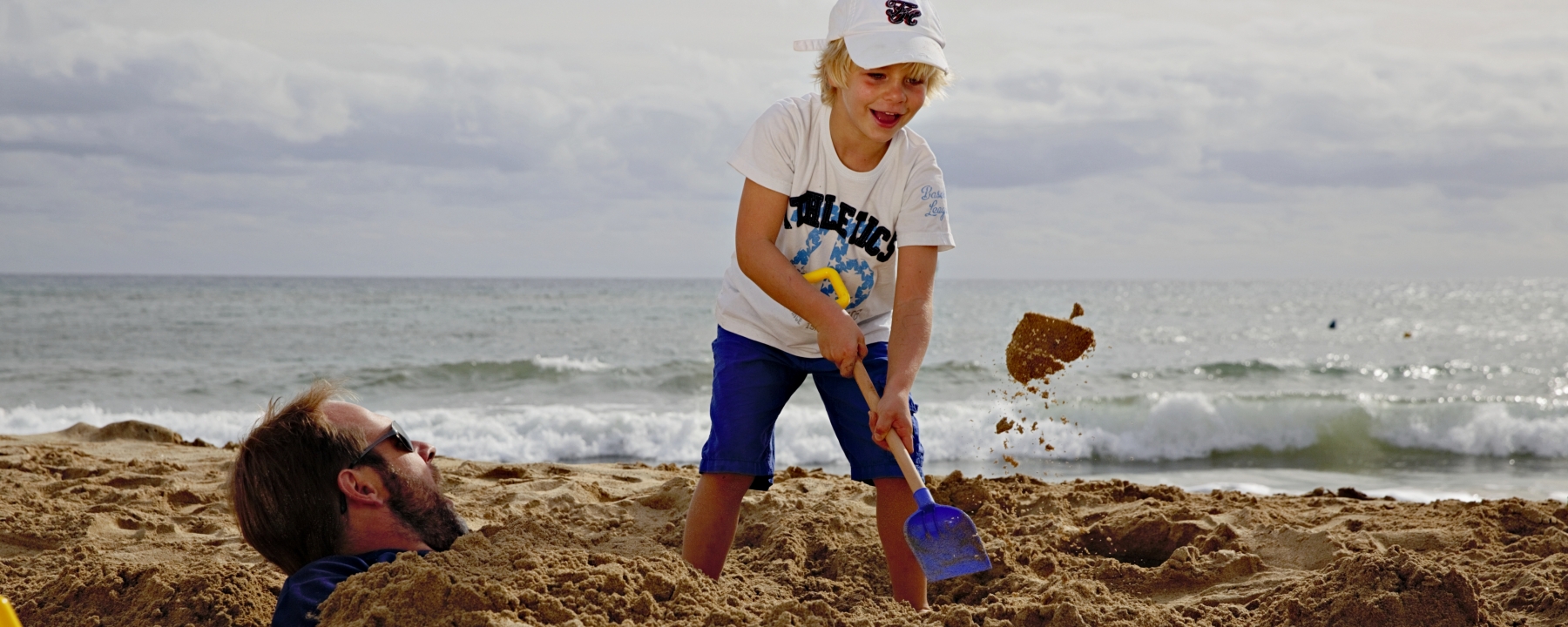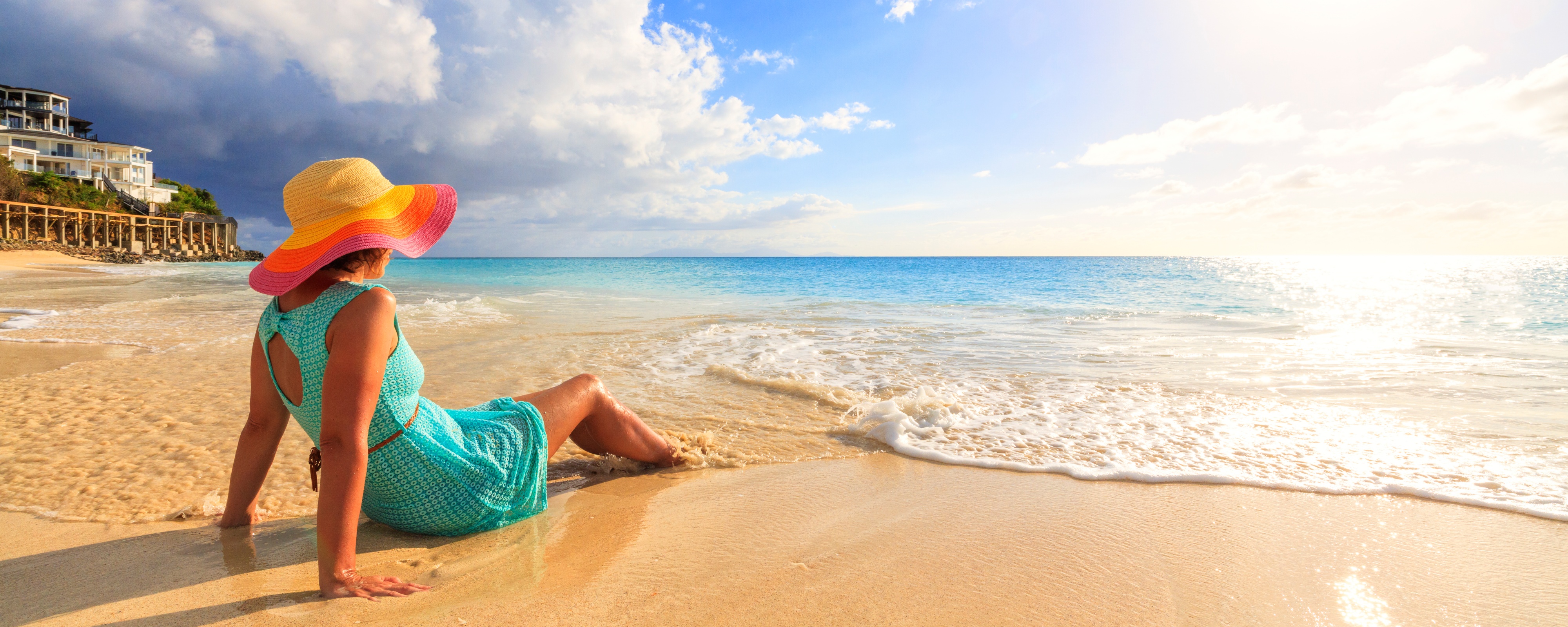
Skin and skin types
How to protect yourself the right way
Whoever knows their skin type, can plan their time in the sun better, whether they use sunscreen or not. However, it’s not easy to figure out which skin type you have.
Therefore, it might be a good idea to check with your dermatologist. If you know your skin type, then you can calculate how long you can stay out in the sun BEFORE you get sunburned. The rule of thumb is: multiply the sun protection factor of your sunscreen with your skin’s natural protection time — this is the time you can spend in the sun without getting a sunburn.
For example:
Someone has Type 2 skin and uses a sunscreen with SPF 20. Multiplying 10 minutes x 20 SPF = 200 minutes. This person shouldn’t be out in the sun more than 50 percent of that time. Beware: this only takes a sunburn into consideration, not long-term sun damage.
It is also good to know that most consumers apply less sunscreen than was used when the sun protection factor was determined. Because of this, the actual sun protection factor is usually lower than the value on the packaging.
It has been shown that the effectiveness of the sun protection factor is related to the sunscreen quantity in an exponential way. Assuming that about half of the standard amount is applied, then the sun protection factor is about 50% of the actual given value.
The UV Index gives you a good indication of how much you need to protect yourself from the sun.
Here are some tips you should follow:
Skin Type 1
It’s best to avoid direct sunlight. You won’t get tan, and instead your skin may get irreversible skin damage. Stay in the shade, especially in peak summer. You should still protect yourself, especially if you are out and about for a longer period of time. Choose a high SPF, preferably 50+.
Skin Type 2
Don’t stay in the sun too long. At the beginning of the sunny season, a sunscreen with a high SPF is best: SPF 30 to 50 is recommended. As your tan gets darker, you can go down to SPF 15 to 20.
Skin Type 3
Use SPF 30 the first few days of intense sun. After that, you should be ready for SPF 15. Even so, don’t overdo it in the sun. Even your skin is not immune to a sunburn and irreversible skin damage.
"Allround" Face Cream SPF 20
BASF’s “Beautiful Day” all-round face cream formulation provides UVA/UVB protection to prevent skin aging and harmful effects caused by sun light.
More informationSkin Type 4
When the sun rises, your skin also needs to be protected. SPF 20 is a good choice. Your risk for skin damage is lower than for other skin types. However, intense and prolonged sun exposure can also cause premature wrinkles and, in the worst case, skin cancer.
However, many scientists explicitly warn against underestimating the dangers of UV radiation. They always strongly advise using sunscreen, especially when UV rays are at their strongest — for example, during summer vacation or when doing outdoor activities. They argue that without sun protection, the skin will be damaged each time, no matter how good a person’s natural protection.
Even before a sunburn, the skin is already affected. The damage may not be immediately apparent, but starts processes that inevitably lead to skin damage later — from premature skin aging to skin cancer. A tan is already a sign of skin damage and therefore a flawed and dangerous ideal of beauty.

